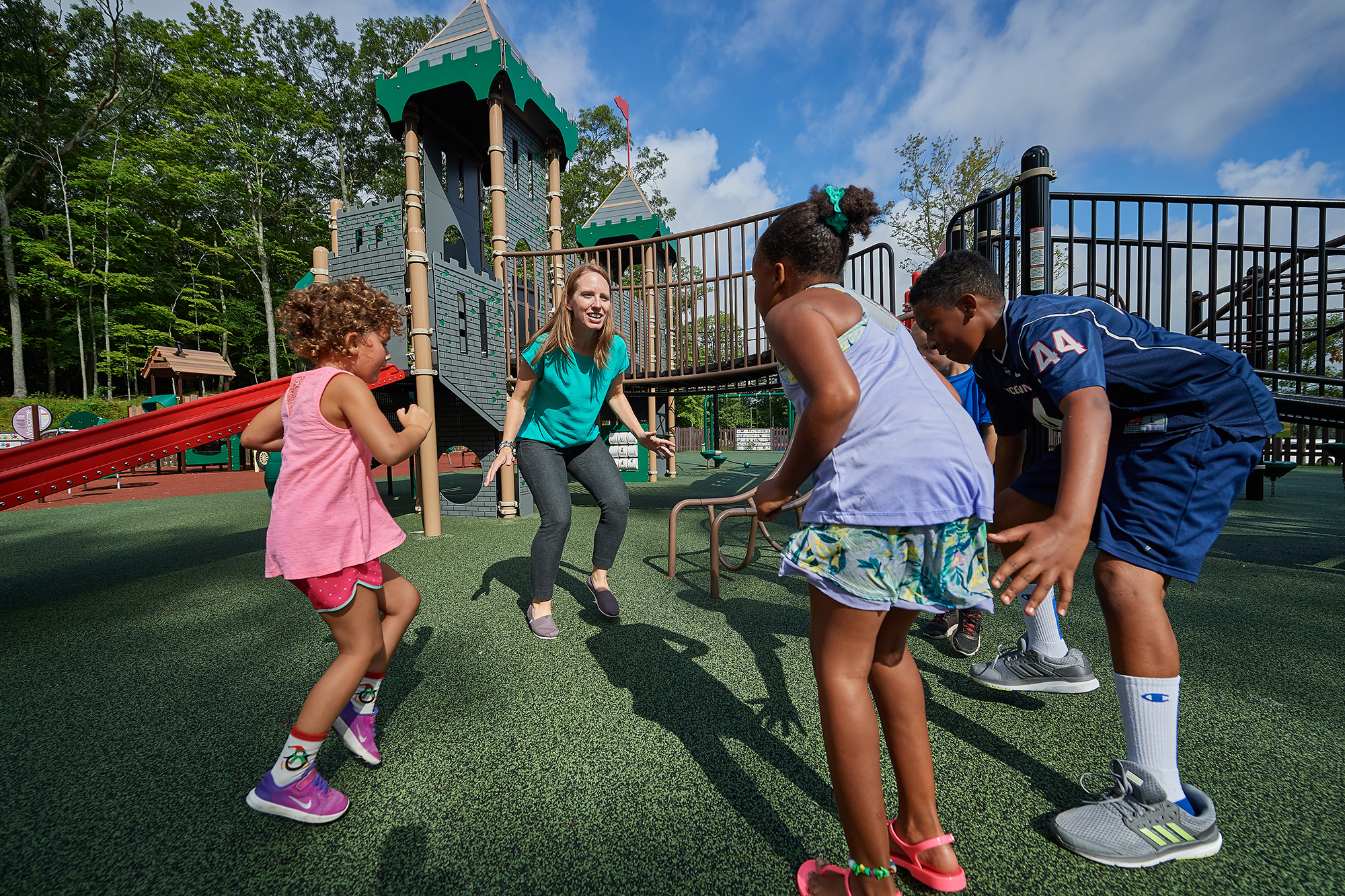Spend any amount of time around kids and it quickly becomes evident that they need to move. Running, jumping, and dancing are not just outlets for the limitless childhood energy we wish we could bottle up and use as adults – they are another form of literacy, says Lindsay DiStefano, an associate professor in kinesiology at UConn. Just as with reading literacy, she says, a strong early foundation in physical literacy will have lifetime benefits. Studies show that developing a good sense of balance, for example, can cut the risk of ankle and lower-leg injuries by half.
Much of DiStefano’s research these days is focused on measuring the benefits of activity breaks for elementary school students. Schools across the country are facing budget choices that result in cuts to physical education programs and decreased recess time.
In the same vein as “sitting is the new smoking,” this trend of shortening recess and cutting physical education opportunities in today’s schools is doing a disservice to children far beyond just keeping them at the desk when they could be moving.
Read the full story at magazine.uconn.edu.



